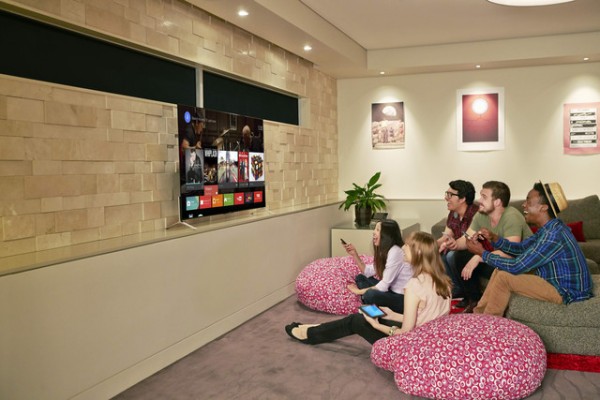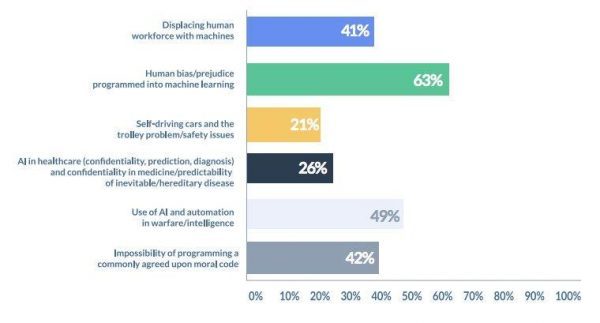Android TV lands in more TVs, adds HDR support, snags lots of new apps

Android TV didn’t get much stage time at Google’s I/O 2016 keynote Wednesday, but according to the official Android blog, Google’s TV OS and streaming TV platform is expanding its reach into some more TVs and set-top boxes, and has gained an impressive array of new streaming app partners.
For televisions, Sony will continue to use Android TV as its OS of choice for its 2016 Bravia TV line. Sony will soon be joined by RCA, which is expected to introduce its first Android TV models to U.S. customers later this year. In Europe, Beko, Grundig and Vestel will introduce Android TV models in June.
For set-top boxes, Sharp’s NetPlayer, as well as Chinese manufacturer Xiaomi’s mysterious 4K set-top box, will run the Android TV platform.
Google has also added some key streaming service apps, namely CNN, Comedy Central, MTV, Freeform, Nickelodeon, Spotify, Starz, WATCH ABC, WATCH Disney Channel, WATCH Disney Junior, and ESPN. The addition of Starz was noted earlier Wednesday, when it was also learned that Starz would launch HDR programming through its over-the-top app first.
One might hope that would mean Android N would then allow Android TV to support HDR, and, indeed, it does. Other new features coming to Android TV include picture-in-picture for browsing around while a video plays in the background, and recording APIs for recording live TV programming.
Google Cast is also making an expansion. The system, which allows users to “cast” content to their TV without the need for add-on hardware like the Chromecast, first appeared in Vizio’s lineup of P-series televisions. Now, Google Cast will reportedly be coming to Magnavox, Philips, Polaroid, Toshiba, and Westinghouse televisions, thus putting some pressure on Roku-enabled TVs.
With Google Home on the horizon, Google is building a pretty compelling case for its home entertainment ecosystem — and a strong alternative to Amazon’s Echo speaker — by allowing users to launch programming on their televisions or set-top boxes using voice commands. What is not clear is whether Google’s new digital assistant will ultimately end up enabled on the televisions themselves, or if users will have to invest in a Home speaker.










